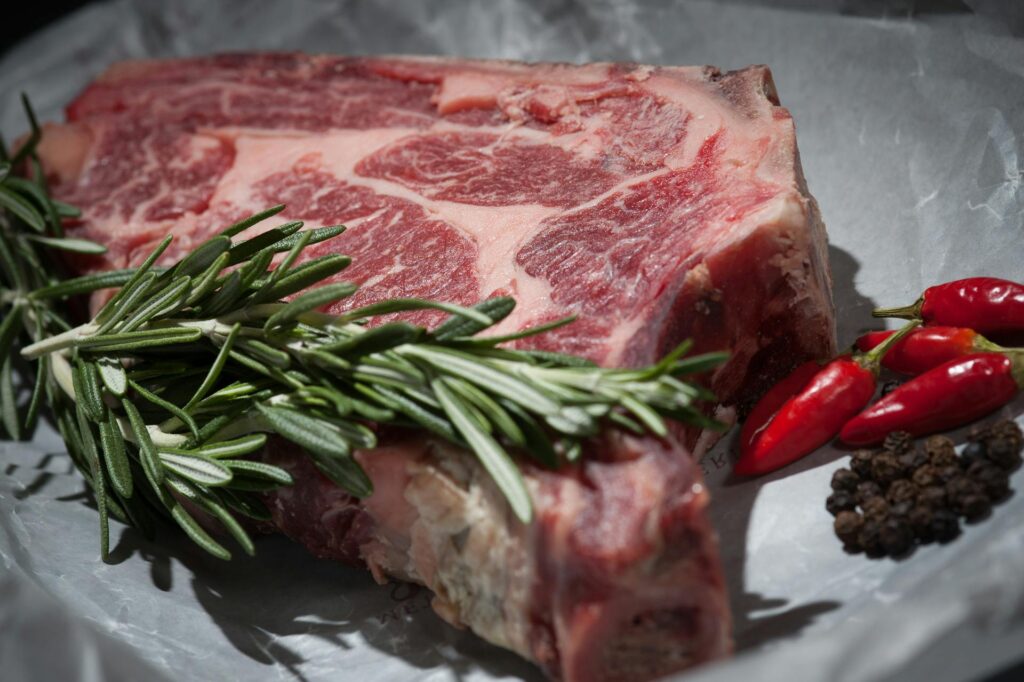Home Plate BBQ, an American-style restaurant located in Beijing, is currently undertaking a revision of its menus as the US-China trade dispute has resulted in the unavailability of American beef, a previously prominent ingredient, Reuters reported on Tuesday.
Home Plate is increasingly sourcing its beef from Australia, whereas previously it solely used US beef, according to the report.
The southern-style BBQ restaurant uses 7 to 8 tonnes of brisket monthly.
In a few weeks, when the US beef supply in the freezers runs out, the restaurant will exclusively serve Australian meat.
The trade war between the two biggest trading partners has resulted in numerous casualties, including US beef.
Too expensive
Copy link to section
American beef was already pricey in China before the trade war, but Beijing’s retaliatory tariffs of 125%, combined with the existing 22% tariff, made it too expensive for Chinese consumers.
“It essentially just made it very hard for us to continue using US beef,” Home Plate’s operations director, Charles de Pellette was quoted in the report.
Although US beef exports to China only account for a small portion of the total goods trade at $125 million per month, the absence of beef from Beijing menus offers a preview of the future for countless products across both countries.
de Pellette noted:
Once we deplete our stocks, we’ll be switching fully over to Australian M5…We still think that it’s the same taste and quality and flavour, but we’ve had to switch just due to market pressures and the tariffs.
He also stated that the pork ribs will now be sourced from Canada.
Most restaurants switching to Australian beef
Copy link to section
A beef supplier in Beijing told Reuters that restaurants across the city are experiencing similar challenges to those faced by the Home Plate BBQ chain co-founded by a Texan, which has three branches in China.
According to the supplier, most restaurants will have to switch to Australian beef, even the American steak joints.
The report, however, did not have specifications about how much the restaurants have been paying for Australian beef.
The price of US beef was already increasing before the trade war started, partly due to shortages caused by years of dry weather that reduced herds to their smallest since the 1950s.
These higher prices were difficult to accept in China, where a weak economy has made consumers particularly sensitive to price.
Price of US brisket surges
Copy link to section
The price of US brisket experienced a significant increase of almost 50% between last May and March.
Following the implementation of tariffs, prices surged even higher, resulting in depleted supplies or costs that have nearly doubled compared to the previous year.
Australian brisket, which is 40% cheaper, is being used to fill the gap left by the lack of American beef.
Diners at Home Plate have responded favorably to the Australian beef, and starting in May, the restaurant will offer Australian beef ribs, brisket, and sausages that have been smoked using traditional Texas and American South methods.
de Pellette said:
We’ve tested it for a few months and we found that actually it’s just as good and our customers are pretty happy with it.


